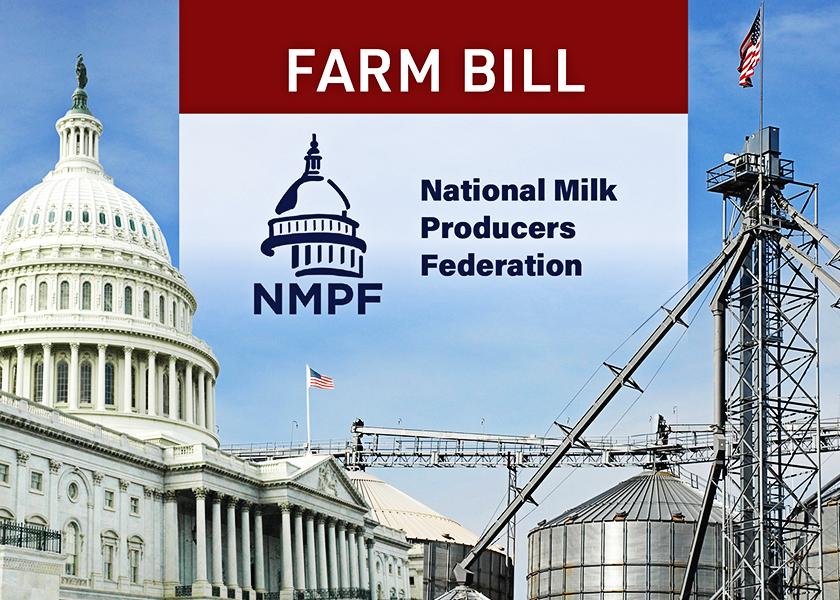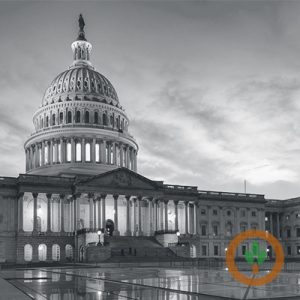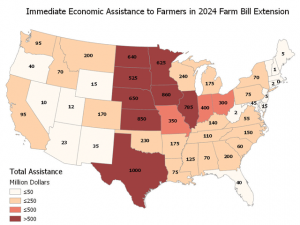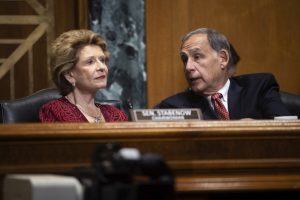
With the bill set to expire on Sept. 30, the Congressional Research Service last May released baseline spending for the same programs starting in the 2023 farm bill. The baseline shows a decrease in commodities and conservation, while nutrition, trade and crop insurance increased.
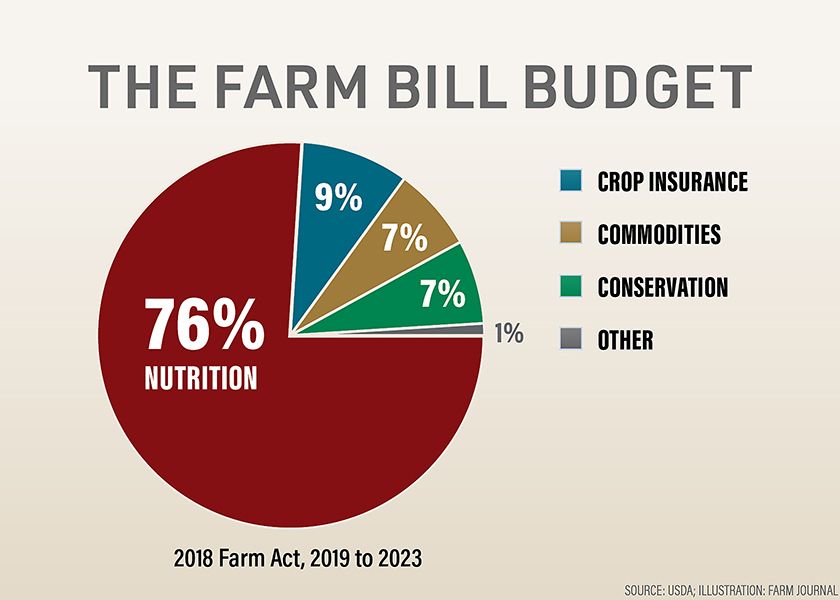
As the debate heats up, here’s a breakdown of what National Milk Producers Federation (NMPF) looks to push on the 2023 farm bill negotiating table:
1. Dairy margin coverage (DMC)
The DMC program was authorized in the 2018 farm bill to offer protection to producers when the difference between the all-milk price and the average feed price falls below the producer-selected margin trigger.
Jim Mulhern, NMPF CEO, says DMC’s catastrophic coverage level is at the top of his team’s farm bill list.
“The catastrophic coverage level within the basic DMC includes up to 5 million pounds of annual protection, which is about a 200 to 220 cow herd. We’re looking at DMC’s tier 2—anything above basic—adjustments because those markets collapsing would be more akin to a truly ‘catastrophic’ event,” says Mulhern.
NMPF is also spotlighting DMC’s payout equation.
USDA requires DMC participants to establish a historical milk production base, or production history, from 2011 to 2013, which is then used to calculate funding. But this data is too outdated to get a realistic estimate, according to Paul Bleiberg, NMPF senior vice president of government relations.
“Congress enacted a supplemental program a couple of years ago that gets producers up to 2019 production history levels,” he says. “At a minimum, we want to see that program folded into the underlying DMC safety net.”
With the farm safety net in focus, NMPF is looking to maintain momentum in other dairy price support arenas.
2. Dairy Revenue Protection (Dairy-RP) Program and the Livestock Gross Margin (LGM) for Dairy Program
While crop farmers have had access to risk management tools for decades, Bleiberg says dairy producers weren’t offered the same level of opportunities until the 2018 farm bill.
Moving into 2023, Bleiberg says members are satisfied with the 2018 offerings in Dairy-RP and LGM-Dairy, and his team has assumed a “do no harm” stance.
“We now have a safety that is more affordable and offers higher coverage than in the past, with open access for farms of all sizes,” Bleiberg says. “With these tools [Dairy-RP and LGM] in hand, we want to preserve where we are at right now, at a minimum.”
While NMPF plans to maintain price protections, it says it’s hitting the gas on conservation.
3. Conservation
The Inflation Reduction Act (IRA) of 2022 provides $20 billion in funding for USDA’s conservation programs, including $8.45 billion for Environmental Quality Incentives Programs.
According to Mulhern, NMPF “pushed hard” for conservation in the IRA, and they would like to see more in the coming farm bill through feed and manure management.
“Management practices, along with improving water quality and use, can help us fulfill carbon neutral by 2050. These programs aren’t always targeted toward what we think are the most impactful areas for dairy, but we’ll use every big toolbox tool we’re given,” Mulhern says.
How many conservation changes will be needed in the farm bill, Bleiberg isn’t sure. He says NMPF’s tactic is to emphasize climate-smart ag and any other funding that could “prove helpful” to the dairy industry.
